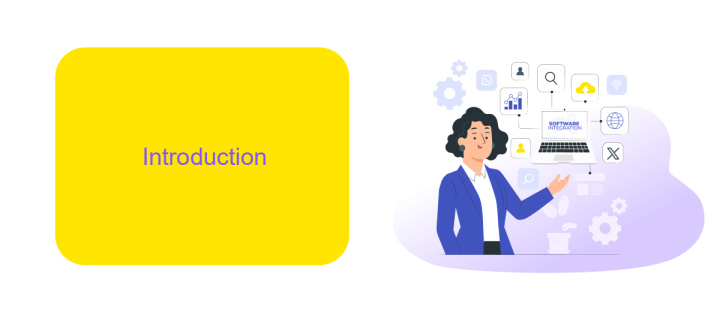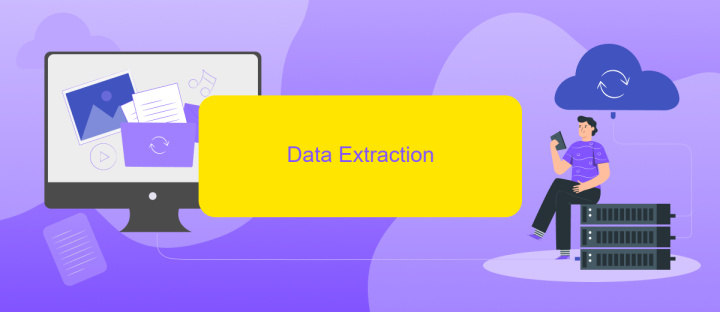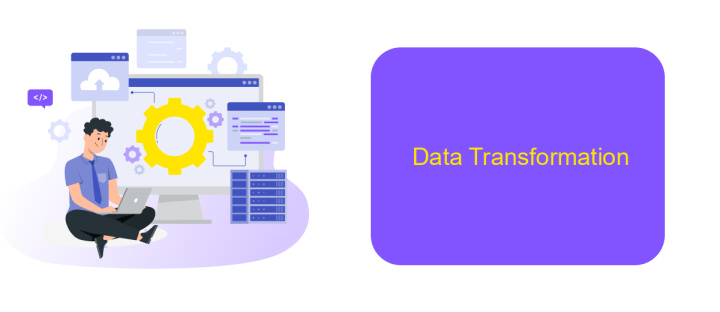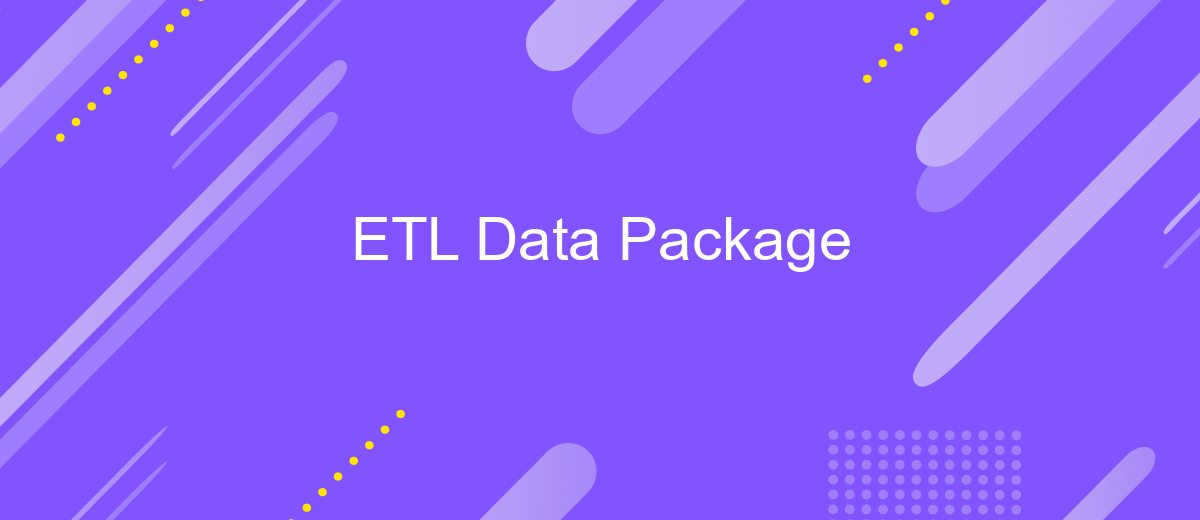ETL Data Package
ETL (Extract, Transform, Load) Data Packages are essential tools in modern data management, enabling the seamless transfer of data from various sources into a centralized repository. These packages streamline the process of extracting raw data, transforming it into a usable format, and loading it into databases or data warehouses, ensuring data integrity and consistency across the organization.
ETL Data Package Structure
The ETL Data Package is a structured format that facilitates the extraction, transformation, and loading of data. It ensures data consistency and reliability throughout the integration process. The package typically includes several key components that work together to streamline data handling and processing.
- Source Data: The raw data extracted from various sources, such as databases, APIs, or flat files.
- Transformation Rules: A set of operations applied to the raw data to convert it into a desired format or structure.
- Load Instructions: Guidelines for loading the transformed data into the target system or data warehouse.
- Metadata: Information about the data, including schema definitions, data types, and relationships.
- Validation Rules: Criteria to ensure the data meets specific quality and integrity standards.
Integrating data from multiple sources can be complex, but services like ApiX-Drive simplify this process. ApiX-Drive offers a user-friendly interface for setting up and managing integrations, ensuring seamless data flow between systems. It supports a wide range of applications and provides automated workflows, making it an invaluable tool in the ETL process.
Introduction

ETL (Extract, Transform, Load) Data Package is a fundamental concept in data management and integration, enabling organizations to efficiently handle large volumes of data from diverse sources. This process involves extracting data from various origins, transforming it into a suitable format, and loading it into a destination system, such as a data warehouse or a data lake. ETL tools and services streamline these steps, ensuring data quality, consistency, and accessibility for analytics and decision-making processes.
In today's data-driven world, the need for seamless integration between disparate systems has never been greater. Services like ApiX-Drive facilitate this by automating the integration process, allowing businesses to connect different applications and data sources effortlessly. By leveraging such tools, organizations can reduce manual intervention, minimize errors, and enhance the overall efficiency of their ETL workflows. ApiX-Drive, in particular, offers a user-friendly platform that simplifies the setup and management of integrations, making it an invaluable asset for modern data-driven enterprises.
Data Extraction

Data extraction is a crucial step in the ETL process, involving the retrieval of data from various sources to be transformed and loaded into a target system. This step ensures that the data is accurately and efficiently collected, setting the stage for subsequent processing. Effective data extraction requires careful planning and the right tools to handle diverse data formats and sources.
- Identify data sources: Determine all the databases, files, APIs, and other sources from which data needs to be extracted.
- Select extraction method: Choose between full extraction, incremental extraction, or real-time extraction based on the project's requirements.
- Use extraction tools: Utilize tools like ApiX-Drive to automate and streamline the extraction process, ensuring seamless integration with various data sources.
- Validate extracted data: Ensure the accuracy and completeness of the data by implementing validation checks during the extraction process.
- Store extracted data: Temporarily store the extracted data in a staging area for further processing in the ETL pipeline.
By leveraging services like ApiX-Drive, organizations can simplify the integration and extraction process, reducing manual effort and minimizing errors. This service supports a wide range of data sources and offers automated workflows, making it an invaluable tool for efficient data extraction. Ultimately, a well-executed extraction phase lays a solid foundation for the subsequent transformation and loading stages of the ETL process.
Data Transformation

Data transformation is a crucial step in the ETL process, where raw data is converted into a format suitable for analysis and reporting. This phase involves cleaning, structuring, and enriching the data to ensure its quality and usability.
During data transformation, various operations are performed to modify the data according to business rules and requirements. These operations can include filtering, aggregating, joining, and deriving new values from existing data. The goal is to create a consistent and reliable dataset that can be used for decision-making processes.
- Filtering: Removing irrelevant or duplicate data.
- Aggregating: Summarizing data to provide insights.
- Joining: Combining data from multiple sources.
- Deriving: Creating new fields based on existing data.
Tools like ApiX-Drive can facilitate data transformation by automating the integration of various data sources and applying transformation rules. ApiX-Drive offers a user-friendly interface for setting up and managing data workflows, ensuring that data is accurately transformed and ready for analysis. Utilizing such tools can significantly streamline the ETL process, saving time and reducing errors.


Data Loading
Data loading is a critical phase in the ETL process, where the transformed data is loaded into the target data storage system. This phase ensures that the data is accurately and efficiently transferred to the destination, be it a data warehouse, data lake, or any other storage solution. The loading process can be either full or incremental, depending on the requirements and the volume of data being handled. Full loading involves transferring the entire dataset, while incremental loading updates only the newly added or modified data, thus optimizing performance and reducing load times.
To streamline the data loading process, various tools and services can be utilized. One such service is ApiX-Drive, which facilitates seamless integration between different data sources and target systems. ApiX-Drive offers a user-friendly interface and robust automation capabilities, making it easier to set up and manage data pipelines without extensive coding knowledge. By leveraging such integration platforms, organizations can ensure that their data loading processes are not only efficient but also scalable and reliable, thereby enhancing overall data management and analytics capabilities.
FAQ
What is an ETL Data Package?
Why is ETL important for data integration?
How can I automate my ETL processes?
What are the common challenges in ETL processes?
How often should ETL processes be run?
Apix-Drive is a simple and efficient system connector that will help you automate routine tasks and optimize business processes. You can save time and money, direct these resources to more important purposes. Test ApiX-Drive and make sure that this tool will relieve your employees and after 5 minutes of settings your business will start working faster.

